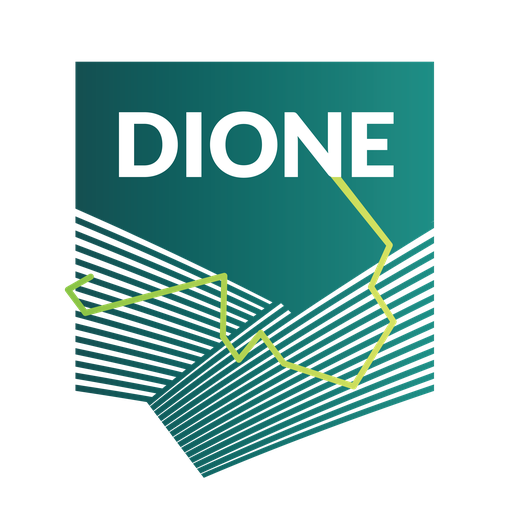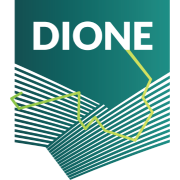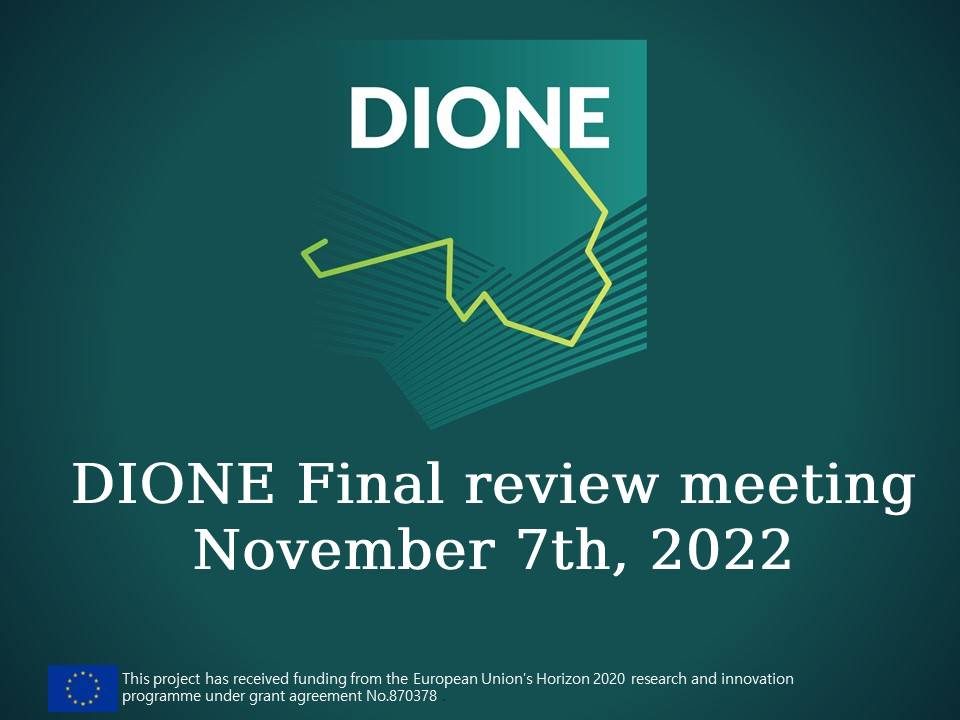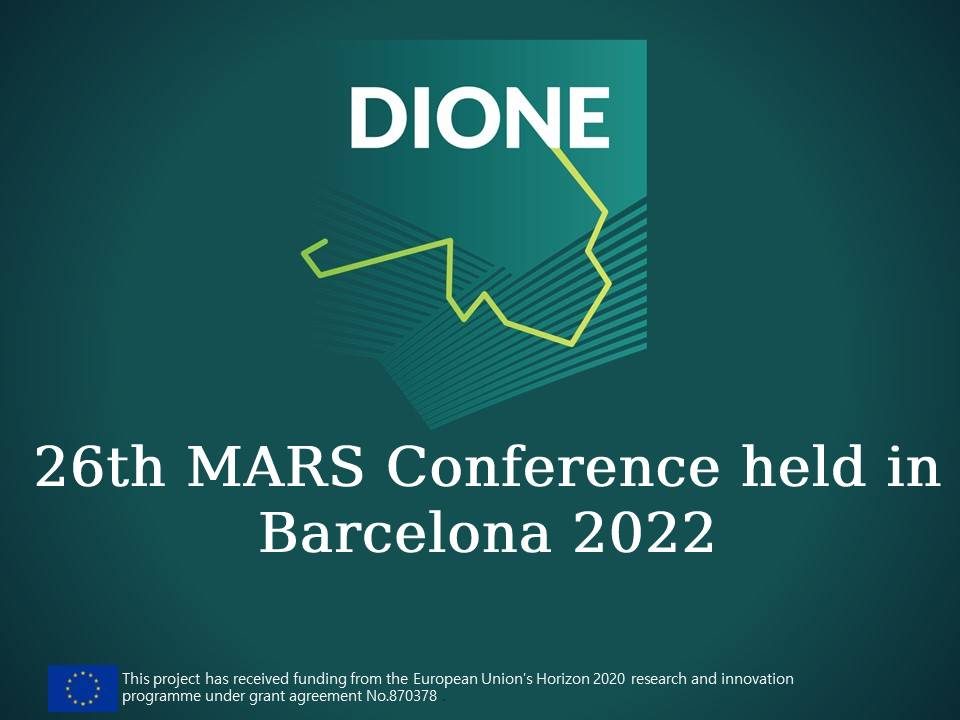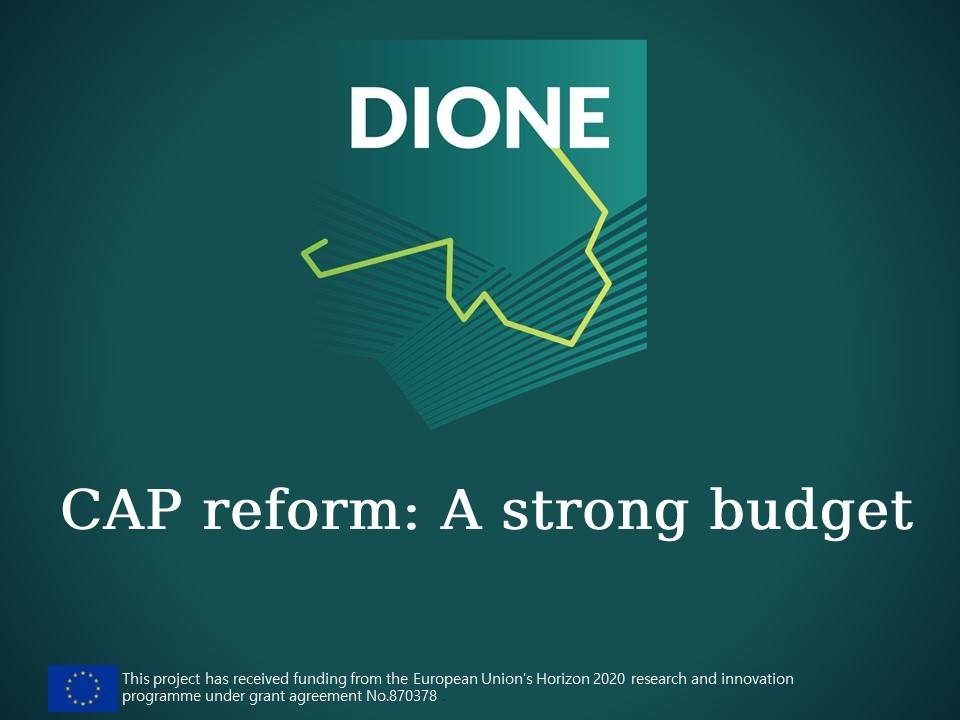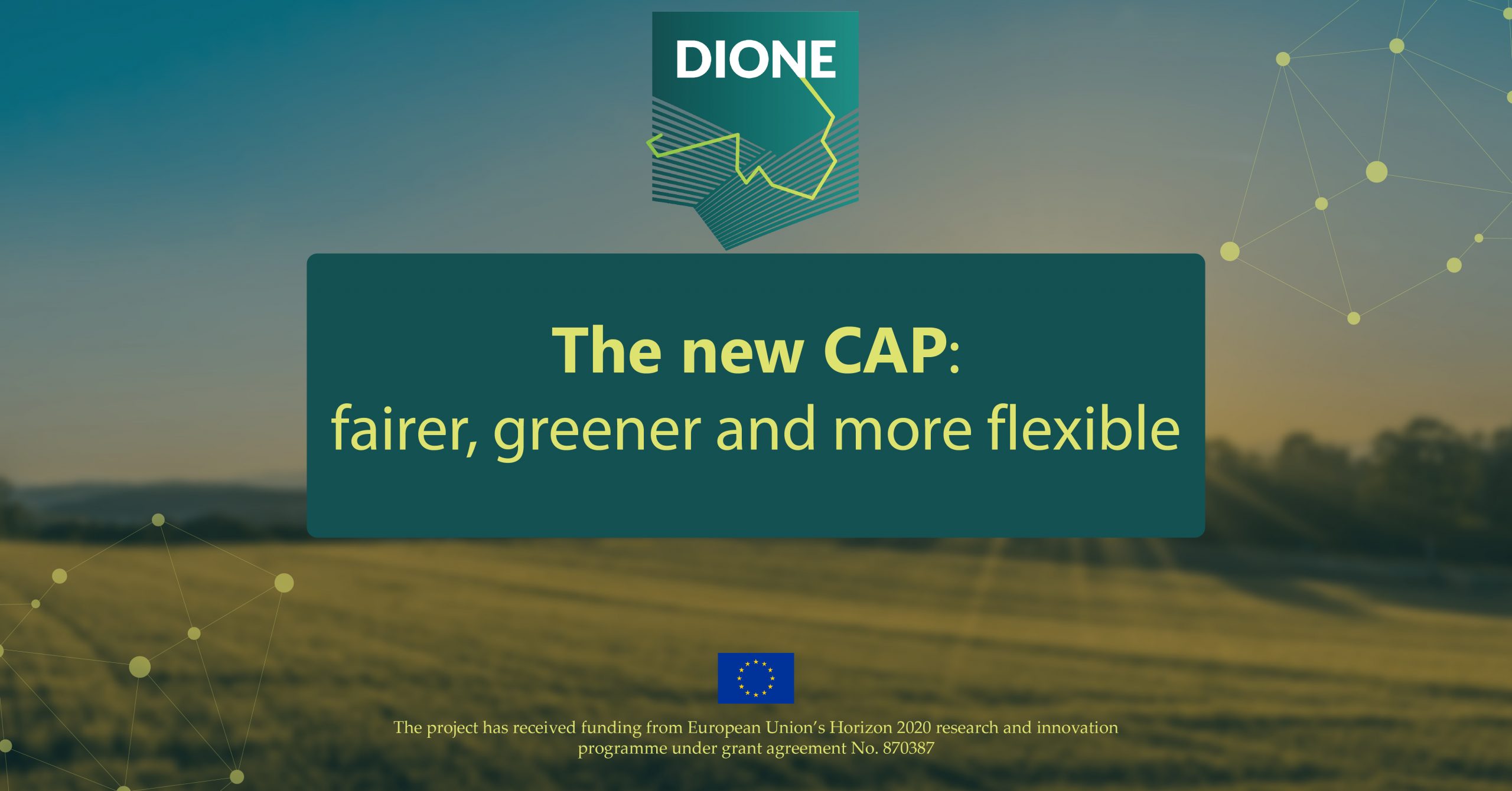
The new CAP: fairer, greener, and more flexible
July 29, 2021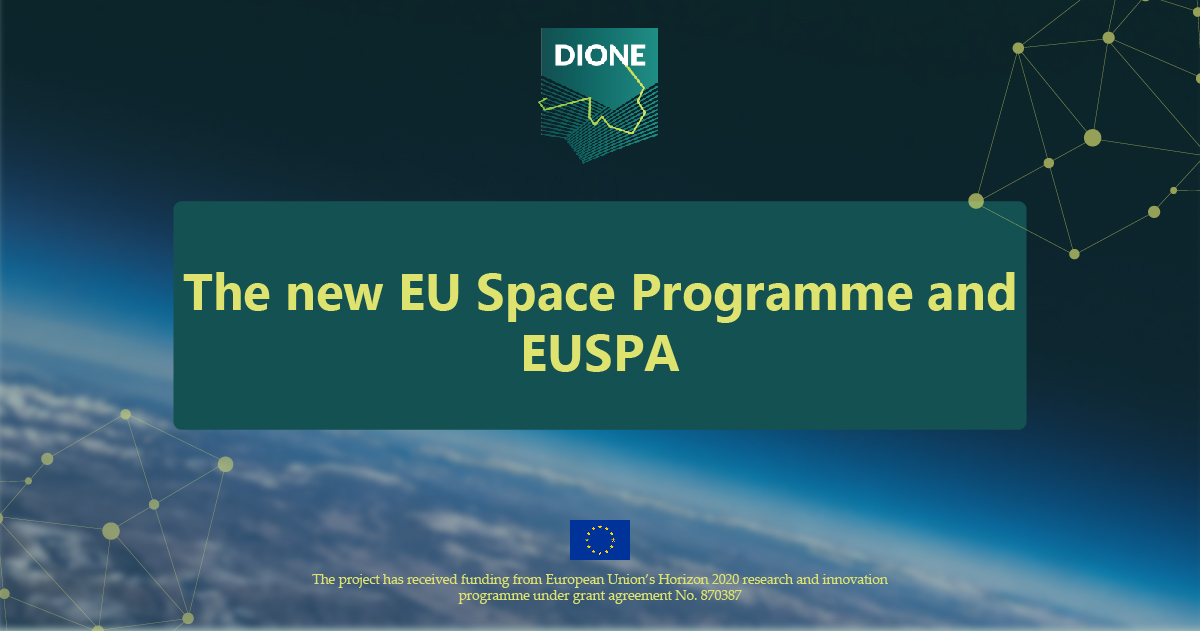
The new EU Space Programme and EUSPA
August 5, 2021Land degradation represents one of the biggest global concerns, with soil being constantly under pressure due to climate change, human behaviour, and the increase of world population. International policy makers have recognized this and a range of initiatives to address it have emerged over recent years. For example, land degradation neutrality is one of the targets of the UN Sustainable Development Goals. Furthermore, soil monitoring is widely regarded as the important tool for perseverance of soil health. In the past decade, researchers in the EU and throughout the world have been focusing on finding an easy, time-efficient, and inexpensive way to map, monitor and estimate soil use and soil property changes by developing beyond the state of the art, innovative methodologies, services, and tools.
However, current methods for soil monitoring are time consuming and expensive. That is why DIONE proposes a novel framework aiming to enable the combination and synergistic use of Earth Observation (EO) systems with open-access soil spectral libraries (SSLs) and local spectral measurements to be used within the scope of the DIONE project. Using memory-based learning algorithms the above combination provides an alternative to contemporary approaches that require laborious soil sampling and use of analytical techniques, that is inexpensive and accurate and can provide targeted large-scale mapping of soil properties such as Soil Organic Carbon (SOC), pH, electrical conductivity, etc.
In DIONE report D4.2 “Inventory of historical and open EO data and techniques to be used”, delivered by i-BEC, readers can learn more about how DIONE plans to contribute to the prevention of land and soil degradation via novel soil monitoring framework. Namely, the D4.2 report presents a literature review of the most widely used methods on soil spectroscopy analysis and soil property mapping. Additionally, it illustrates the novel approach, in which DIONE soil monitoring framework is operating. The readers can, therefore, learn more about the overall DIONE soil methodological framework which combines satellite imagery data, soil spectral libraries and local spectral measurements based on a portable and handled Micro electronical Systems (MEMS) (ii) the current status in soil spectroscopy, (iii) the modelling procedures that can transform spectral signatures into soil properties and (iv) the Soil Organic Carbon (SOC) map resulted from the proposed methodology.
To read the D4.2, click here
However, current methods for soil monitoring are time consuming and expensive. That is why DIONE proposes a novel framework aiming to enable the combination and synergistic use of Earth Observation (EO) systems with open-access soil spectral libraries (SSLs) and local spectral measurements to be used within the scope of the DIONE project. Using memory-based learning algorithms the above combination provides an alternative to contemporary approaches that require laborious soil sampling and use of analytical techniques, that is inexpensive and accurate and can provide targeted large-scale mapping of soil properties such as Soil Organic Carbon (SOC), pH, electrical conductivity, etc.
In DIONE report D4.2 “Inventory of historical and open EO data and techniques to be used”, delivered by i-BEC, readers can learn more about how DIONE plans to contribute to the prevention of land and soil degradation via novel soil monitoring framework. Namely, the D4.2 report presents a literature review of the most widely used methods on soil spectroscopy analysis and soil property mapping. Additionally, it illustrates the novel approach, in which DIONE soil monitoring framework is operating. The readers can, therefore, learn more about the overall DIONE soil methodological framework which combines satellite imagery data, soil spectral libraries and local spectral measurements based on a portable and handled Micro electronical Systems (MEMS) (ii) the current status in soil spectroscopy, (iii) the modelling procedures that can transform spectral signatures into soil properties and (iv) the Soil Organic Carbon (SOC) map resulted from the proposed methodology.
To read the D4.2, click here
